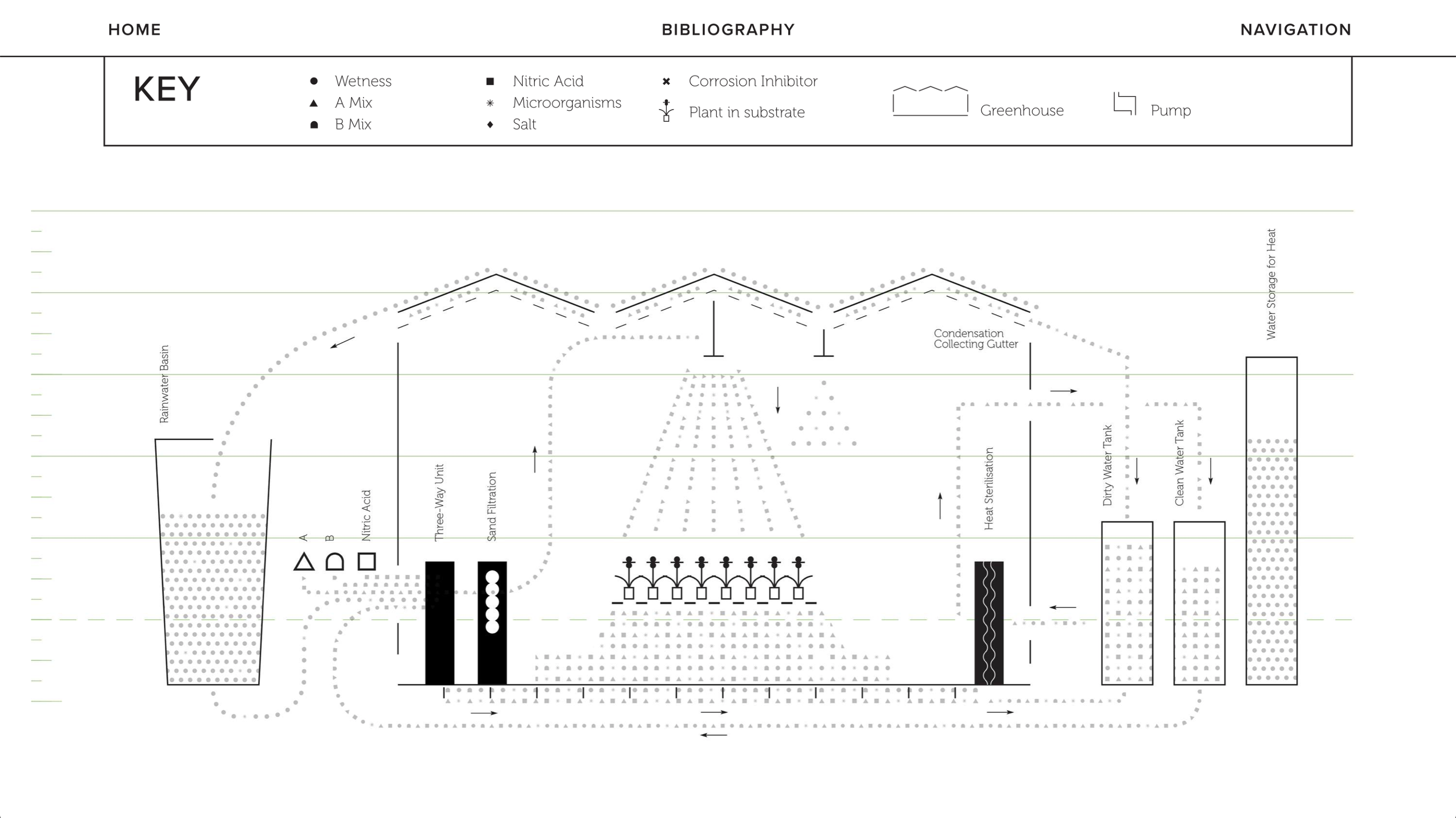Author: Aslı Uludağ
Geography: Land/wetness
Image: Screenshot of www.workofwetness.com, Aslı Uludağ
Sustainability is presented as one of the most effective solutions to the climate crisis, resource depletion and environmental contamination. Yet, it functions as a spatial and technical fix to the ecological limits of anthropogenic modes of production. Composed of physical infrastructures and environmental policies and regulations, the persisting extractive logic of sustainability imagines a future where the externalities that challenge the acceleration of production are internalized and made to perform within self-sustaining closed systems. The contradiction between the promise of sustainability and its structure is exposed by its constant need for maintenance and expansion. Its encounter with the fluid complexity of ecological bodies that defy delineation reveals the inherent flatness and insistent rigidity of closed systems. In return, systems of production continuously expand on horizontal and, increasingly, vertical axes to sustain themselves, creating novel socio-ecological regimes within their territories.
This research follows wetness regulation and control systems in Westland, the Netherlands that stretch across, above and deep below the surface to separate wetness from the land and efficiently and sustainably make it productive. It locates greenhouse horticulture in the centre of its diagram and extends it to the scientific and colonial roots of hydroponics, land reclamation and its legacy, the Bosom (canal) system, the national transition to sustainable energy, and environmental projects and policies that design the contemporary relationship between humans and wetness in the Netherlands. Guided by interviews and site visits, this research aims to reveal the extractive logics that shape closed-systems and expose the politics of sustainable solutions, and follows wetness towards a different mode of sustainability.
